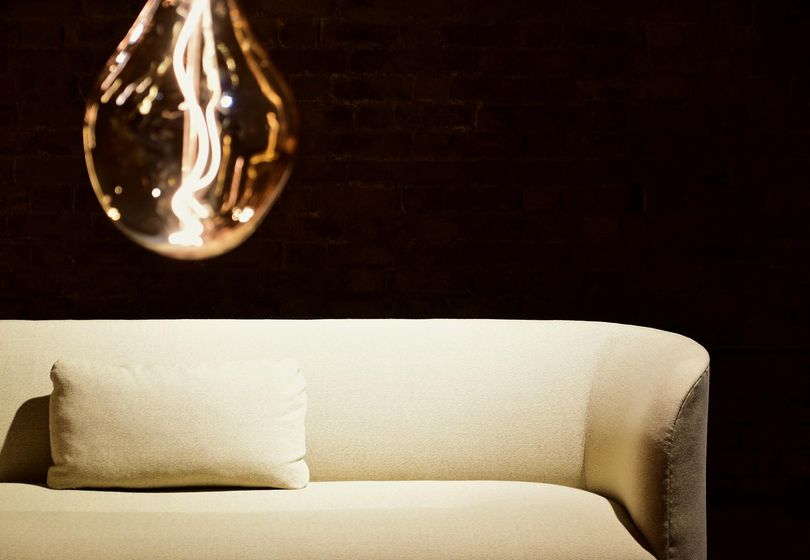
In the realm of home lighting design, functionality and aesthetics often take center stage. However, the impact of lighting on our health and well-being should not be overlooked. Light plays a crucial role in regulating our bodies' internal clocks, known as circadian rhythms, and influences the production of hormones that are vital for quality sleep.
Light therapy, also known as phototherapy, is a popular treatment that harnesses the power of light to improve various health conditions. One of the key aspects of light therapy is its ability to influence our circadian rhythm, the natural cycle that regulates our sleep-wake patterns. Exposure to bright light during the day can help to align our internal clock with the external environment, promoting alertness and better focus.
However, not all light is created equal when it comes to our well-being. Blue light, which is emitted by electronic devices and energy-efficient LED bulbs, has been shown to disrupt our sleep patterns by suppressing the production of melatonin, a hormone that helps us fall asleep. Excessive exposure to blue light in the evening can trick our bodies into thinking it's still daytime, making it harder to wind down and prepare for rest.
To create a healthy lighting environment at home, consider these tips:
- Aim for natural daylight exposure during the day, either by opening curtains or spending time outdoors.
- Choose warm, dimmable lighting in the evening to signal to your body that it's time to relax and unwind.
- Avoid blue light from screens at least an hour before bedtime to promote melatonin production and improve sleep quality.
- Use adjustable lighting options, such as smart bulbs or dimmer switches, to customize the light intensity based on the time of day.
Incorporating these simple home lighting adjustments into your evening routine can have a significant impact on your sleep quality and overall well-being. By optimizing your lighting to support your circadian rhythm and melatonin production, you can create a more conducive environment for restful sleep and wake up feeling refreshed and rejuvenated.
In conclusion, the relationship between light and our hormones is a powerful one that should not be underestimated. By being mindful of the type and timing of light exposure in our daily lives, we can optimize our sleep quality and well-being. Through the adoption of healthy lighting practices and home lighting tips, we can create spaces that promote relaxation, improve our sleep, and support our overall health.
